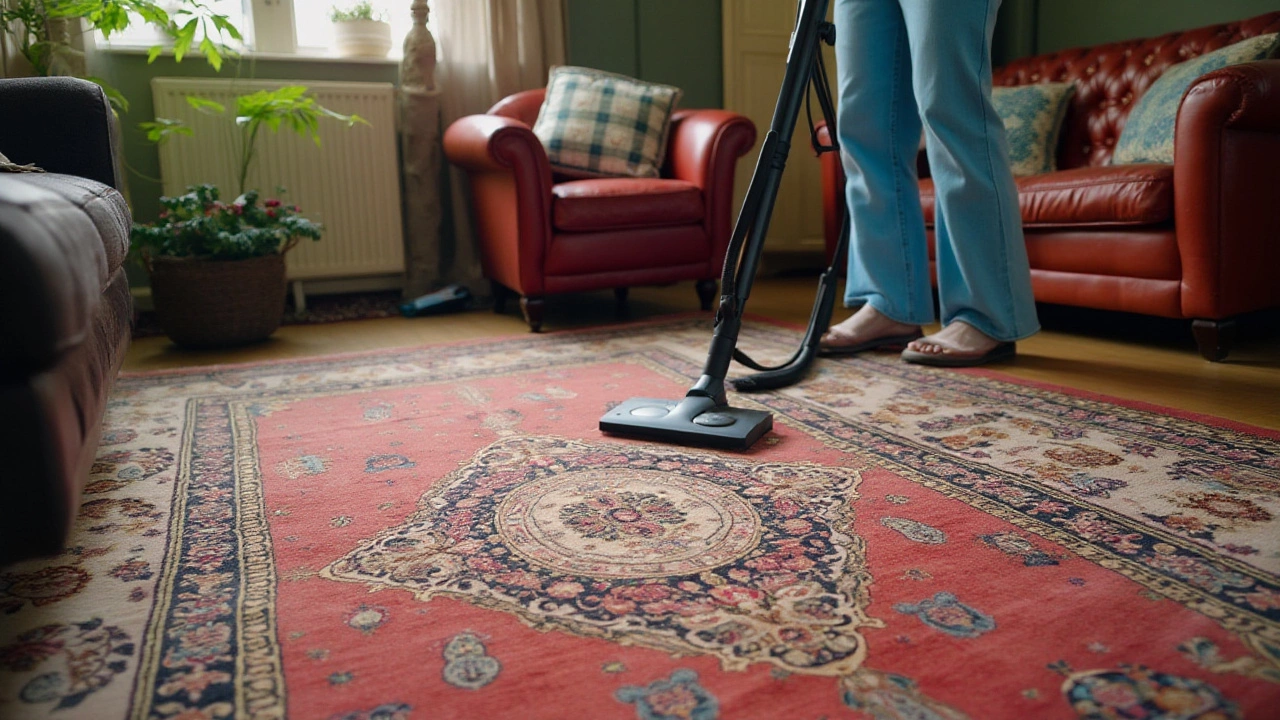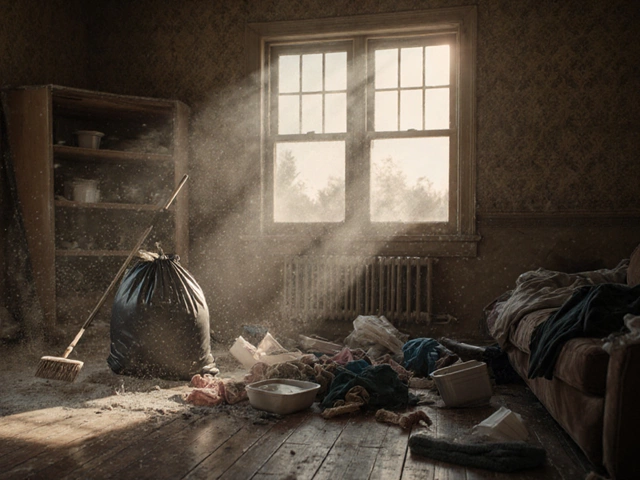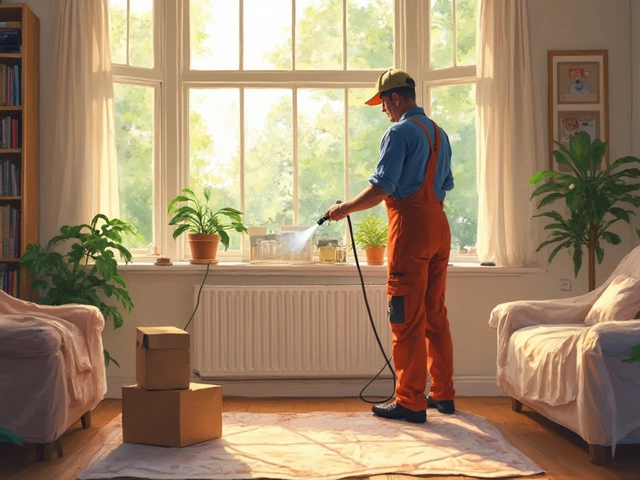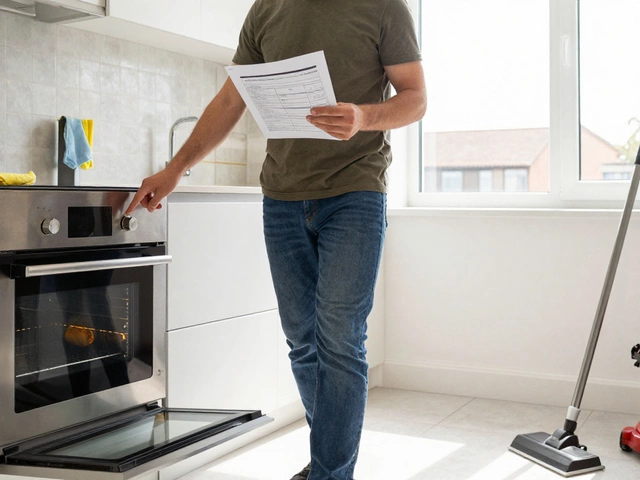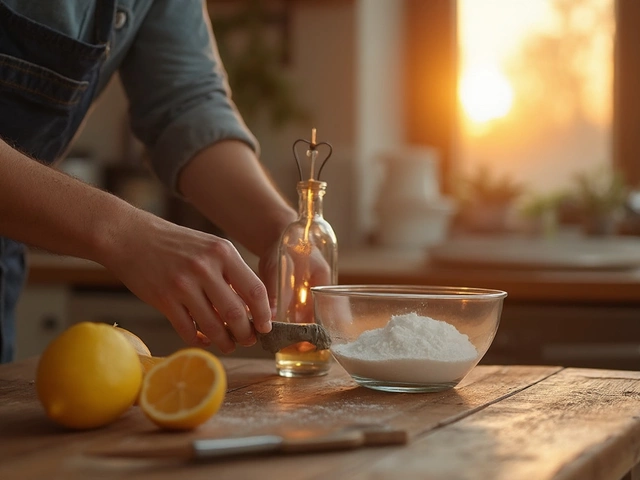Keeping carpets clean can be a constant battle, especially when everyday life is just determined to leave its mark. Whether it's muddy shoes tracking through the living room, or a few more pet 'oopsies' than you'd like to admit, those fibres sure get put to the test. But beyond the occasional vacuum run, how do you tackle the really stubborn grime that seems to have taken up residence?
This article digs into the core of your carpet's issues, unraveling why they get so dirty and what you can do about it. From tried-and-true home remedies to the wonders of professional cleaning, discover practical ways to breathe new life into your lounges and living rooms. Plus, we've included some nifty tips to keep those carpets clean for longer!
- Understanding Carpet Soiling
- Effective Cleaning Methods
- Professional vs. DIY Cleaning
- Preventative Measures
Understanding Carpet Soiling
Carpet soiling is more than just a visual nuisance; it's a complex interaction of environmental factors and daily wear and tear. At its core, soiling begins with particles like dirt, dust, and other contaminants that find their way into the fibers, often transported by foot traffic. These particles not only dull the carpet’s appearance but can also fray the fibers over time, leading to premature wear. The weight of foot traffic grinds these tiny granules against the carpet, akin to using sandpaper on a wooden surface, resulting in a gradual deterioration that might not be immediately visible.
In addition to particulate debris, oily substances from cooking vapors, skin contact, or spills can coat fibers in a thin, sticky film, acting as a magnet for more dirt. This layer often requires intervention beyond simple vacuuming to remove completely. The complex issue of soiling is compounded by factors like humidity, which can cause moisture to trap dirt and lead to dull, muddy appearances on your lovingly selected floor coverings. Understanding the type of soiling affecting your carpet is crucial because it informs the necessary cleaning approaches.
While modern carpets boast advanced stain-resistant technologies, known as 'stain blockers' or 'fiber shields,' they are not immune to soiling. These treatments provide a window of time after spills before permanent staining occurs, but they can't fully prevent dirt build-up. According to Dr. Ted Roberts, a textile researcher, and reported by the Australian Carpet Institute, "Even the most advanced carpets require routine and thorough cleaning to combat the inevitable build-up of soil." This emphasizes the importance of routine maintenance and understanding what type of dirt is being tracked into your living space.
Allergens such as pollen, pet dander, and even tiny dust mites contribute to the issue of carpet soiling and can significantly affect indoor air quality. While invisible, these microscopic invaders can pose health risks to those with allergies or respiratory issues. Regular exposure to a dirty carpet not only leads to poor indoor air quality but can also exacerbate allergy symptoms over time. Routine cleaning not only preserves the aesthetic and functional longevity of carpets but also ensures a healthier living environment.
Another underappreciated factor in carpet soiling is the challenge of residue. When carpet cleaning products are used incorrectly, they can leave a residue that exacerbates soiling. This residue, often sticky, becomes a veritable dirt magnet. Homeowners then find themselves trapped in a cycle of cleaning that only seems to make the soiling worse. It's important to use the right amount and type of cleaner to not inadvertently worsen the problem.
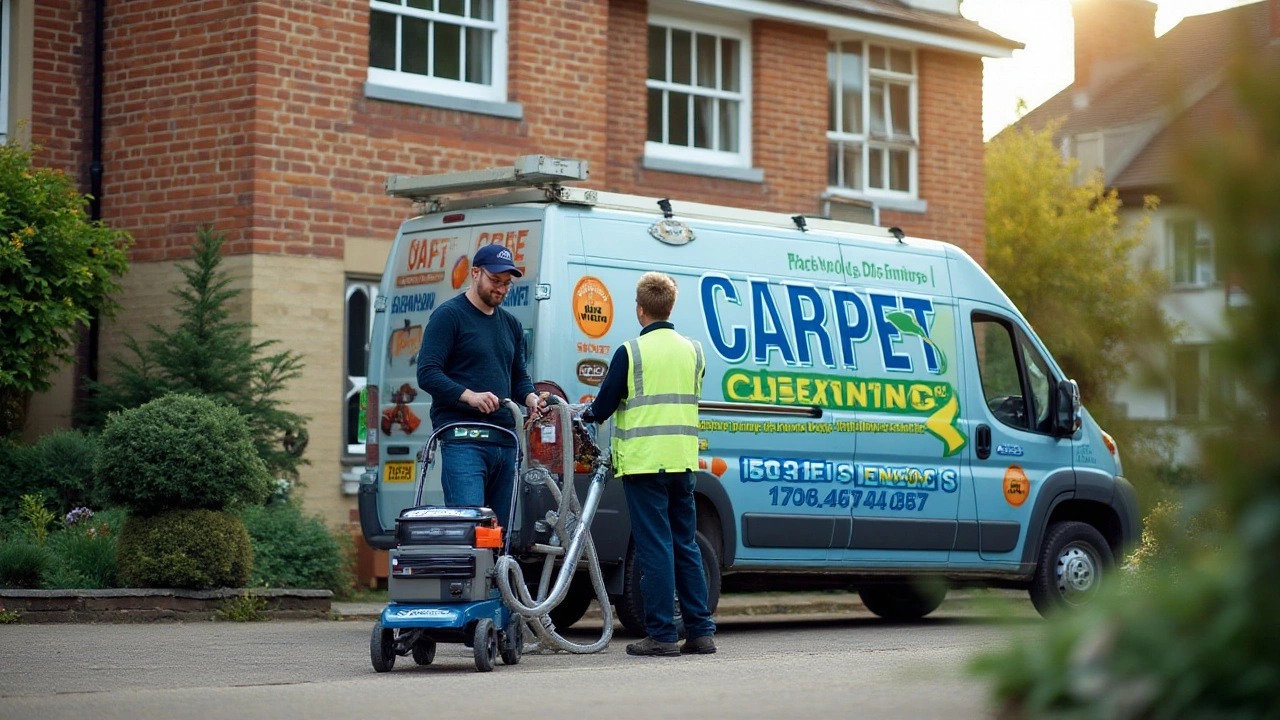
Effective Cleaning Methods
Let's face it; tackling those stubborn carpet stains and the relentless dirt is not a task that anyone looks forward to. Yet, understanding the right methods can turn this seemingly daunting chore into a manageable—and even rewarding—experience. When it comes to cleaning heavily *soiled carpets*, a variety of options lie at your disposal. Each method has its merits, and choosing the right one depends on the type of dirt you're dealing with, the carpet material, and your personal preferences.
One of the most popular options is steam cleaning, also known as hot water extraction. This method's popularity is due to its effectiveness at reaching the dirt that lies deep in the carpet fibres. It's like giving your carpet a deep cleanse. The process involves using a machine that injects hot water mixed with a cleaning solution into the carpet, then promptly extracting it along with the dirt. Steaming not only helps remove stubborn dirt but also sanitizes the carpet against bacteria and allergens, which makes it a favored choice for homes with kids and pets.
An alternative to steam cleaning is dry cleaning, which uses significantly less water. This method involves applying a special cleaning compound, which looks like moist sawdust and is spread across the carpet. The compound attracts dirt and is then vacuumed up, leaving your carpet relatively dry, which can be a plus for those wary of moisture damage. This is particularly effective for those materials that are sensitive to moisture. However, it's important to ensure that the dry cleaning product is safe for your specific carpet material as some chemicals can be harmful to delicate fibres.
If you're inclined toward DIY methods, you'll find ingredients right in your pantry ready for the job. Baking soda and vinegar are household staples that work wonders on soiled carpets. Sprinkle baking soda over affected areas and let it sit for several hours to absorb odors. Then, vacuum it up, and give the spot a sprinkle of vinegar for a finishing touch. This method can help manage minor stains and freshen up your carpet without the need for harsh chemicals. Some folks even swear by using a mixture of warm water and dish detergent for blotting stains carefully, taking care not to rub them further into the fabric.
For a concoction even more potent, consider trying hydrogen peroxide mixed with baking soda. This combination can handle more persistent spots, like wine or coffee stains. Just be cautious with coloured carpets since peroxide can bleach certain materials. For severe cases of stains or grime, though, leaning on professional *carpet cleaning* services may be wise. They have access to industrial-grade equipment and specialized cleaning solutions that aren't available on the commercial market. As a noted expert once said,
"A deep clean can rejuvenate your carpets in ways regular maintenance never could," - Home Care Today.
Knowing the effectiveness of methods and wisely choosing the one that aligns with your *carpet cleaning* needs can make a significant difference. Whether it’s opting for a thorough steam clean or crafting a homemade solution with a dash of baking soda, there are ways to restore your carpet to its former glory once more. And while regular maintenance can keep your carpets looking fresh, periodic deep cleans are key to extending their lifespan and preserving their vibrant appearance over time.
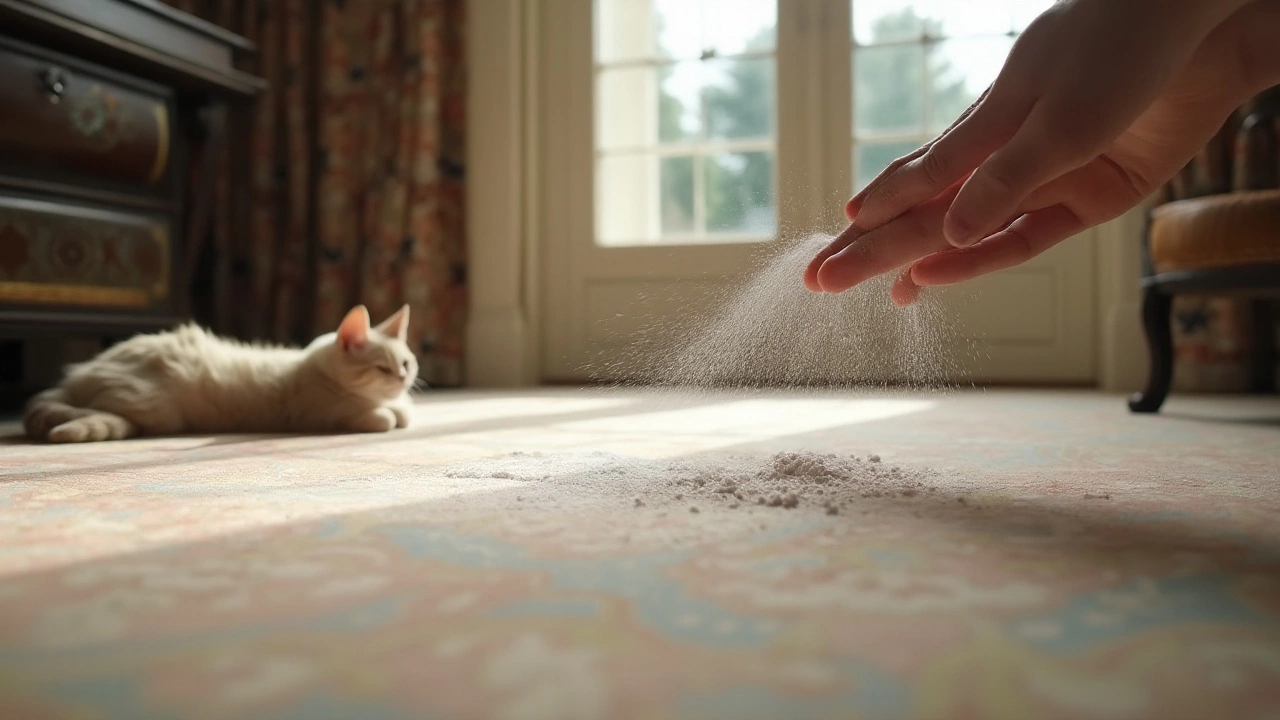
Professional vs. DIY Cleaning
When it comes to carpet cleaning, the age-old debate between hiring professionals and tackling the task yourself is as prevalent as ever. Each method has its unique advantages, yet the right choice often hinges on the nature of the stain, the type of carpet fibers, and your personal preference. Let’s dive into the nitty-gritty of these two distinct approaches, examining their pros, cons, and what you might not have considered before.
Professional cleaning brings to the table an arsenal of industrial-grade equipment and specialized techniques designed to remove dirt that household solutions may miss. These services offer deep cleaning that penetrates beyond the top layer of your carpet, tackling allergens and bacteria lurking within. The expertise of a trained technician can make all the difference, especially for those stubborn stains. A surprising fact that might sway your decision is that many professional cleaning solutions incorporate eco-friendly methods, utilizing non-toxic agents which are not only safe for your carpet but also for your health and the environment. According to industry reports, carpets professionally cleaned can last years longer than those left to regular DIY methods, offering better value over time.
On the flip side, the DIY enthusiast finds empowerment in taking matters into their own hands. Armed with a trusty vacuum cleaner and a concoction of homemade solutions, there's an undeniable satisfaction in rolling up your sleeves and getting down to work. When add cost savings into the equation, it’s no surprise this method appeals to many households. However, it's crucial to recognize that DIY approaches often lack the deep cleaning capabilities that specialized machines provide. Before embarking on your DIY journey, consider the type of soiled carpets you have. Different materials require varied care, and applying improper techniques can sometimes cause more harm than good.
“The beauty of professionally cleaned carpets is that it not only enhances the longevity but also maintains the aesthetic and health value of your living space.” – Home Cleaning Experts Journal
To better decide between the two, assessing your specific needs is essential. If you're dealing with everyday dirt and minor stains, DIY might suffice while saving a few dollars. Yet, when faced with extensive wear or valuable carpets, professionals could indeed be a prudent investment. Here are some factors to keep in mind:
- Consider the type and thickness of your carpet.
- Evaluate the time you can dedicate to cleaning versus the cost of professional services.
- Think about the severity and type of stains.
- Assess any health concerns, such as allergies, that may benefit from deep cleaning.
Regular maintenance, regardless of the cleaning method, ensures a healthier, more pleasant environment. Whether you choose to DIY or bring in the pros, the goal is to keep your haven not only looking clean but feeling fresh too.

Preventative Measures
Abstaining from regular carpet maintenance is akin to skipping dental check-ups; the consequences, though subtle initially, become distinctly harder to ignore over time. If you want your carpets to withstand the test of time—and the busyness of everyday life—proactive care is your best ally. Taking steps to prevent dirt and debris from setting in ensures that your carpets stay cleaner longer, sparing you from the drudgery of repeated deep cleaning sessions. A simple yet effective practice is ensuring shoes are taken off at the door. It might seem minor, but shoes track in more contaminants than we care to consider—soil, bacteria, pollen. In addition to reducing dirt, this practice also minimizes wear and tear, preserving the carpet's texture and color.
In homes with pets, establishing 'pet-free' zones is another strategy worth considering. This isn't just about the obvious shedding; oils from fur and skin can transfer, contributing to hard-to-lift stains and odors over time. Some pet lovers opt for machine-washable rugs in designated pet zones, offering a practical balance between style and ease of care. Households with frequent spill accidents may find that applying a protective carpet sealant helps immensely. This acts as a barrier, repelling liquids for a short period and allowing more reaction time before a stain sets in.
"Cleanliness is not next to godliness. It is next to impossible." – Anonymous
Beyond immediate actions, regular maintenance through vacuuming is your not-so-secret weapon. It's recommended to vacuum high-traffic areas daily, though with minimal foot traffic, twice a week might suffice. This practice doesn't just keep things looking tidy; it prolongs the life of your carpet by keeping abrasive particles from grinding into the fibers. Investing in a vacuum with a HEPA filter can elevate your routine, capturing smaller particles that regular vacuums might miss.
The Power of Prevention: Stats & Insights
Consider a study by the Carpet and Rug Institute, which suggests that carpets in well-maintained households can last up to 15 years or more with preventative care, whereas neglected carpets may need replacement in under a decade. To help visualize this, here's a breakdown of average carpet lifespan based on maintenance practices:
| Maintenance Level | Average Lifespan |
|---|---|
| Poor | 5-7 years |
| Moderate | 8-10 years |
| Excellent | 12-15+ years |
While keeping up with daily habits is crucial, don't underestimate the aid of professional carpet cleaning services. While not a daily affair, an annual deep clean can reinvigorate your carpets and remove deep-set dirt regular methods can miss. Finding a reliable service is key, as certified technicians can also provide advice tailored to your specific situation, often helping to extend the life and beauty of your floor coverings even further.
